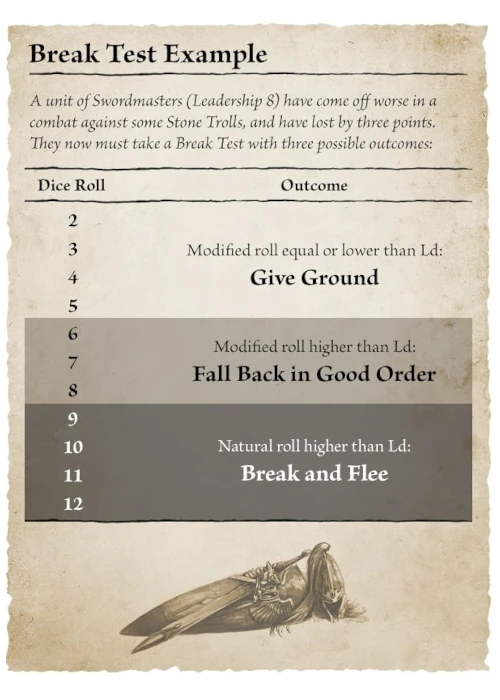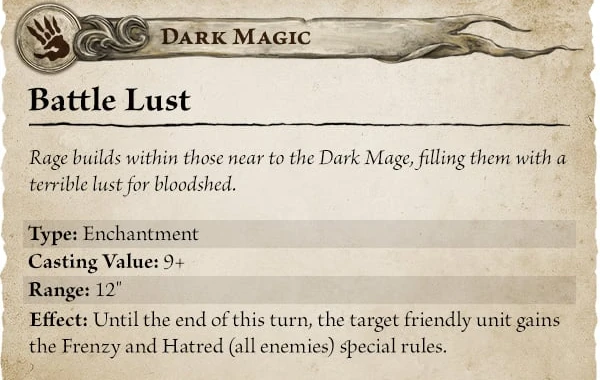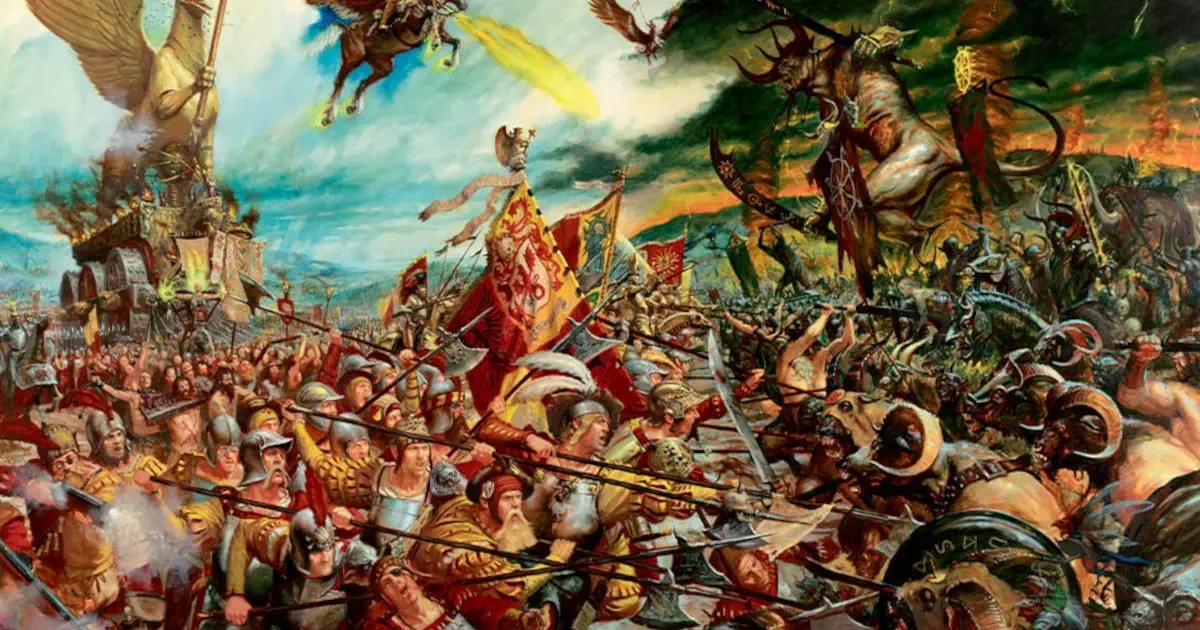After a rollercoaster of reveals over the past weeks, Games Workshop has now detailed how Morale and Psychology will work in their upcoming game, Warhammer: The Old World. This comes shortly after the reveal of the Combat Phase, which apparently proved too difficult to explain in the blog post, but it will be bringing back Weapon Skill, which was welcomed by fans last week.
Moving on, Games Workshop reminds us that combat can rarely end up in a draw, with units and models either succumbing to Break and Flee, Fall Back in Good Order, or Give Ground. When a unit does a Break and Flee action, they will start running away from the unit that attacked and forced them to perform the action by rolling a 2D6” dice.
Taking a Leadership Test and Testing Your Morale
They will also pivot to avoid impassable terrain and the unit would be destroyed if it makes contact and crosses the battlefield edge. If they bump into another enemy unit, the models will take more wounds as they go. Break and Flee is the worst possible outcome of a battle, it seems.

To determine if you Break and Flee, you will take a Leadership test. The picture illustrates the possible outcomes as already detailed in the article and it also helps you get an idea of what to expect when engaging in combat. The Fall Back in Good Order is another action that will see the unit withdraw, but it won’t nearly be as devastating to the loser of a battle.
Rather, your units will fall back and form their ranks, prepared to take on the advancing enemy once again. They may even triumph by hitting back against a charging enemy or a pursuer, with the battles of Warhammer: The Old World ebbing and flowing and depending on the surprising bravery of units and models.
Yet, what you really want to achieve here is Give Ground as you will simply back of 2”, but hold on because this is hardly all. Warhammer: The Old World is also bringing back all the classic Psychology effects, and yes – it won’t really be that easy to untangle without a bunch of play-throughs first.
Wrestling with Psychology and Understanding Its Effects

As Warhammer: The Old World is bound to be a massive game, the subtleties of Total War gameplay are implicated through an intricate set of rules and phases – nothing that scares fans of the original game Warhammer Fantasy. The difference here is that the Psychology effects are now summed up in the Core Rulebook and not in the Universal Special Rules as before. The effects here include:
- Fear
- Terror
- Stupidity
- Animosity
- Frenzy
- Unbreakable
- Stubborn
- Hatred
There are many ways in which these effects impact the gameplay and add subtle but potentially battle-altering consequences and effects. A unit which wants to charge a Fear-causing opponent may suddenly find itself grasping for straws as it tries to close the charge distance.
Terror can sway the course of battle even further as a beast that strikes Terror in the heart of a charging unit will ask of it to take a Leadership test first. Frenzy can give the models an extra attack and it may also add immunity from the Fear and Terror effects. It’s all intricately tied together to offer you rewarding gameplay.

